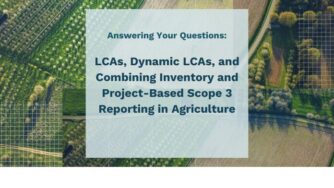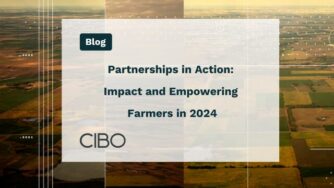The “scopes” originally defined by the Greenhouse Gas Protocol have become a popular way of categorizing emissions.
The three scopes are:
- Scope 1: All direct emissions from a company’s operations except emissions from the combustion of biomass (biodiesel, etc.).
- Scope 2: Indirect emissions associated with electricity purchased by the company.
- Scope 3: All other indirect emissions. These are split into 15 separate categories and include both upstream emissions (e.g., from suppliers, employees commuting to work, capital goods, etc.) and downstream emissions (distribution of goods, end-of-life disposal of goods, etc.). Scope 3 emissions are generally the most difficult to measure since they require coordination and information exchange with entities both upstream and downstream of a company’s value chain. Measuring them requires those companies to develop their own emission inventories, which not everyone is ready to do.
In addition, direct emissions from biologically sequestered carbon (e.g., from combustion of biofuels) are expected to be reported separately from the scopes. Because these emissions directly affect natural carbon pools and thus might be considered sustainable depending on how they were extracted, accounting for them separately adds transparency to a report and avoids comingling with emissions from sources that are not considered sustainable (coal, oil, etc.).
In all cases the “Kyoto Seven” gases described earlier must be tracked. Standards and protocols allow optional tracking of other emissions as well.

Learn more by reading The Definitive Guide To Carbon and Climate Commitments.



